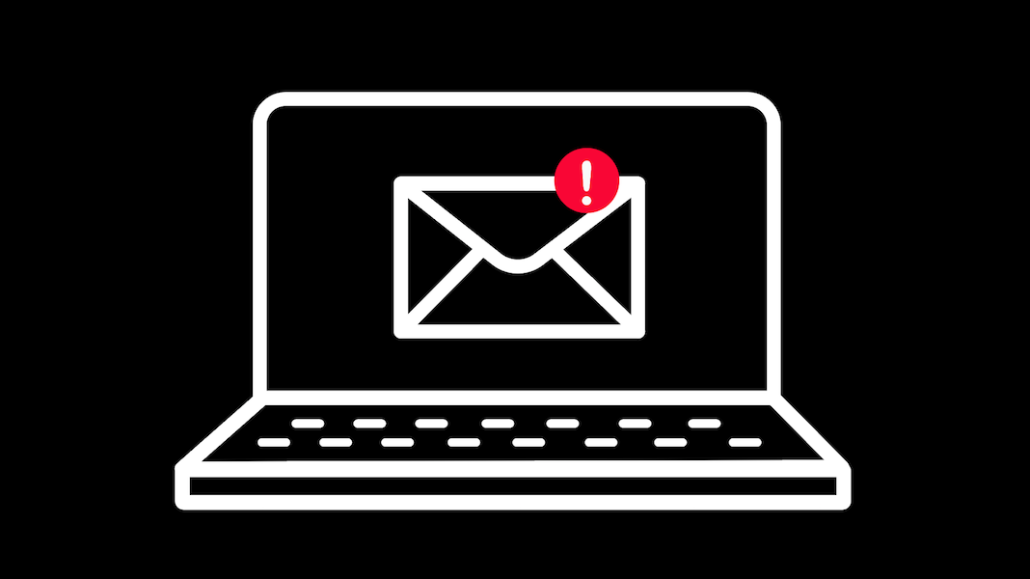How newsletters have helped publishers build up their subscription businesses

If you work in the media business, you probably created a new newsletter in the last year — or at least seriously considered it. Your inbox is likely full of them every morning. And while publishers don’t universally agree on many things, as of late they are increasingly turning to email newsletters as a tool to retain and lure in new subscribers.
Publishers are finding the direct access to readers — away from competing social media algorithms — can serve as an honest way to see what readers want most and are adopting their subscription businesses to meet those needs. Newsletters exclusive to subscribers are cropping up left and right — and the free ones are becoming just another way to get people to click on a link, hit a paywall and hopefully feel intrigued (or annoyed) enough to open their wallets to see what’s behind the gates.
Publishers, including The Los Angeles Times, New York Magazine and Quartz, have adopted newsletters as a way to sidestep platforms’ algorithms to establish direct access to readers. And a growing number are adapting their newsletter strategies to suit their subscription businesses.
The New York Times — in an effort to compete with the likes of Substack, which is poaching talented journalists to its subscription platform with six-figure deals — debuted a deck of 18 new and existing subscriber-only newsletters to readers earlier this month. The Times says nearly 15 million users read one of its 50 newsletters every week.
On Aug. 1, Quartz announced it was refocusing its three-year-old subscription program around its email newsletters, after the publisher found in an earlier survey that 75% of its paying subscribers were driven to most of Quartz’s content from their inbox. Quartz has 1.3 million total newsletter subscribers across its 11 newsletters, five of which are exclusive to subscribers, with an average weekly email open rate of around 35%. The industry standard for media is around 22%, according to email marketing company MailChimp.
The Information is newer to the newsletter business after only launching their own in March for free. Jessica Lessin, founder and editor-in-chief of The Information, previously told Digiday that newsletters (which now sit at around seven) will cost readers “over time.” The Information hired nearly two dozen people in the last year, many of whom are tasked with creating more newsletters to drive subscriptions.
New York Magazine launched five newsletters in the last year, according to Jason Sylva, gm of consumer revenue at the publisher. Though all of them are free to read, creating newsletters exclusive to subscribers is “something we could consider in the future,” Sylva said. He declined to share the conversion rate of New York’s newsletters but said “it is exponentially higher” than an “anonymous web user,” or a person coming to the website via other channels.
Publishers can also use newsletters to curate content to help readers parse through the barrage of things to read, listen and watch out there — which can help to make them a valuable subscriber perk.
It’s “impossible” for readers to keep up with all of the content the L.A. Times publishes, said CMO Joshua Brandau. Emails “curate stories that you may have missed,” he said. The L.A. Times is working on how this can serve potential subscribers in addition to existing ones and how to win back the people who have drifted away from the L.A. Times to reduce churn — or when a subscriber cancels or does not renew their subscription — which was a big issue for the company a few years ago. He did not provide new or previous churn rates.
The habit of opening up an email newsletter also keeps readers connected to the publishers’ brand and reduces the likelihood of churn. Katherine Bell, editor-in-chief at Quartz, said newsletters are part of the company’s retention strategy — they help develop “a more intimate and lasting relationship with readers,” which would reduce the likelihood of a subscriber canceling their membership.
If someone doesn’t engage and return to the L.A. Times’ site or open its emails within the first 14 days of signing up, they’re likely to remain unengaged and could be at risk of churning, Brandau said. Because of this, L.A. Times analyzes data like newsletter sign ups as one of the “key signals for churning or remaining subscribed,” he said.
More in Media

What publishers are wishing for this holiday season: End AI scraping and determine AI-powered audience value
Publishers want a fair, structured, regulated AI environment and they also want to define what the next decade of audience metrics looks like.

Media giant Essence launches a marketplace for Black women-led brands
Essence has launched WeLoveUs.shop, a new online marketplace dedicated to Black women-led brands.

In Graphic Detail: The state of AI referral traffic in 2025
The stats reveal a new audience pipeline forming outside of traditional search and social platforms.








